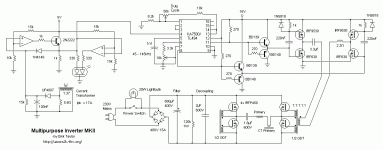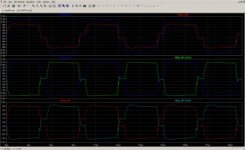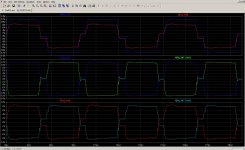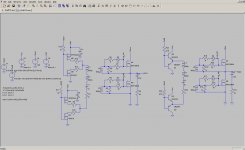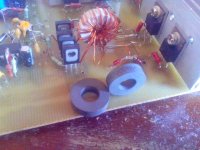Jagd.Panther
New member
If you are using 1:10 or 1:100 probe you have to calibrate it first (usually oscilloscopes have dedicated output to do that, if yours dont just hook up the probe to any source of square wave with fast enough rise/fall times, ir2153 low side output will be more than enough for your scope).The spikes going from SG3525 in my full bridge layout are still mystery
SG3525 outputs clean square wave signals, I measured 80ns rise 30ns fall time (IIRC it was ca. 100pF load) for an old Fairchilds SG3525 @ 12v. It's designed to do that and it does precisely that. If you see anything but clean square wave on SG3525 output it's something that happens after it (most likely it's either a lower mosfet due to Cgd when upper mosfet is turned on or vice versa or leakage/magnetizing inductance of the GDT shooting through BJT junctions back to SG3525 outputs, that could also happen when there are loops with high di/dt and issues with layout but your full bridge is not loaded so thats unlikely)

